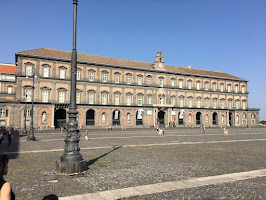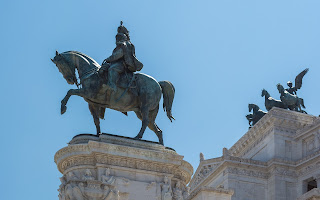Guccio Gucci – fashion designer
The man whose name inspired the interlocking G logo
The founder of the House of Gucci, Guccio Gucci, was born on this day in 1881 in Florence. In the early 1900s Gucci worked as a lift boy at the Savoy Hotel in London, where he was inspired by the elegance of the wealthy people who stayed there and their smart luggage. On his return to Florence he started making his own line of leather travel bags and accessories and in the 1920s he opened a small leather and equestrian shop in Via della Vigna Nuova. Gucci later added handbags to his line and relocated to a bigger shop. He was fascinated with horses and his handbags featured clasps and fasteners resembling horse bits and stirrups. He gained a reputation for hiring the best craftsmen he could to work on his products. In 1938 he expanded his business to Rome. When raw materials became scarce during the war he used materials such as hemp and linen to make his bags, but still trimmed them with metal resembling horse bits and stirrups. The Gucci label later became famous for certain key products, such as a bag with bamboo handles and a pair of classic loafers. Gucci and his wife, Aida Calvelli, had six children. Read more…
_____________________________________
Elio de Angelis - racing driver
The 'last gentleman racer' of Formula One
The Formula One motor racing driver Elio de Angelis was born on this day in 1958 in Rome. His record of winning two Grands Prix from 108 career starts in F1 may not look impressive but he was regarded as a talented driver among his peers, holding down a place with Lotus for six consecutive seasons alongside such talents as Nigel Mansell and Ayrton Senna, both future world champions. He had his best seasons in 1984 and 1985, which encompassed seven of his nine career podium finishes and in which he finished third and fifth respectively in the drivers' championship standings. Tragically, he was killed in testing the following year, having left Lotus for Brabham in frustration after perceiving that Senna was being given more favourable treatment. De Angelis was seen by many in motor racing as "the last of the gentlemen racers." In contrast to his teammate Mansell, who came from a working class background in the West Midlands of England, De Angelis was born into wealth. His family was long established in the upper echelons of Roman society. His father, Giulio, ran a successful construction company and raced powerboats. Read more…
_____________________________________
Lella Lombardi - racing driver
Only woman to win points in Formula One
Maria Grazia “Lella” Lombardi, the only female driver to finish in a points position in a Formula One world championship motor race, was born on this day in 1941 in Frugarolo, near Alessandria in Piedmont. She finished out of the points in 11 of the 12 world championship rounds which she started between 1974 and 1976 but finished sixth in the 1975 Spanish Grand Prix, a race marred by the tragic deaths of five spectators after the car being driven by the German driver Rolf Stommelen went out of control and somersaulted over a barrier into the crowd. His was the eighth car to crash in the first 25 of the 75 laps and the race was halted four laps later when it became known there had been fatalities. At that moment, Lombardi’s March-Ford was in sixth position, albeit two laps behind race leader Jochen Mass. The points were awarded on the basis of positions when the race was stopped. In normal circumstances, a sixth-place finish would have been worth one point but because less than three-quarters of the race had been completed the points were halved, thus Lombardi was awarded half a point. Read more…

.jpg)

.jpg)

.jpg)
.jpg)



.png)



.jpg)
.jpg)



%20(2).jpg)

.jpg)

.jpg)






